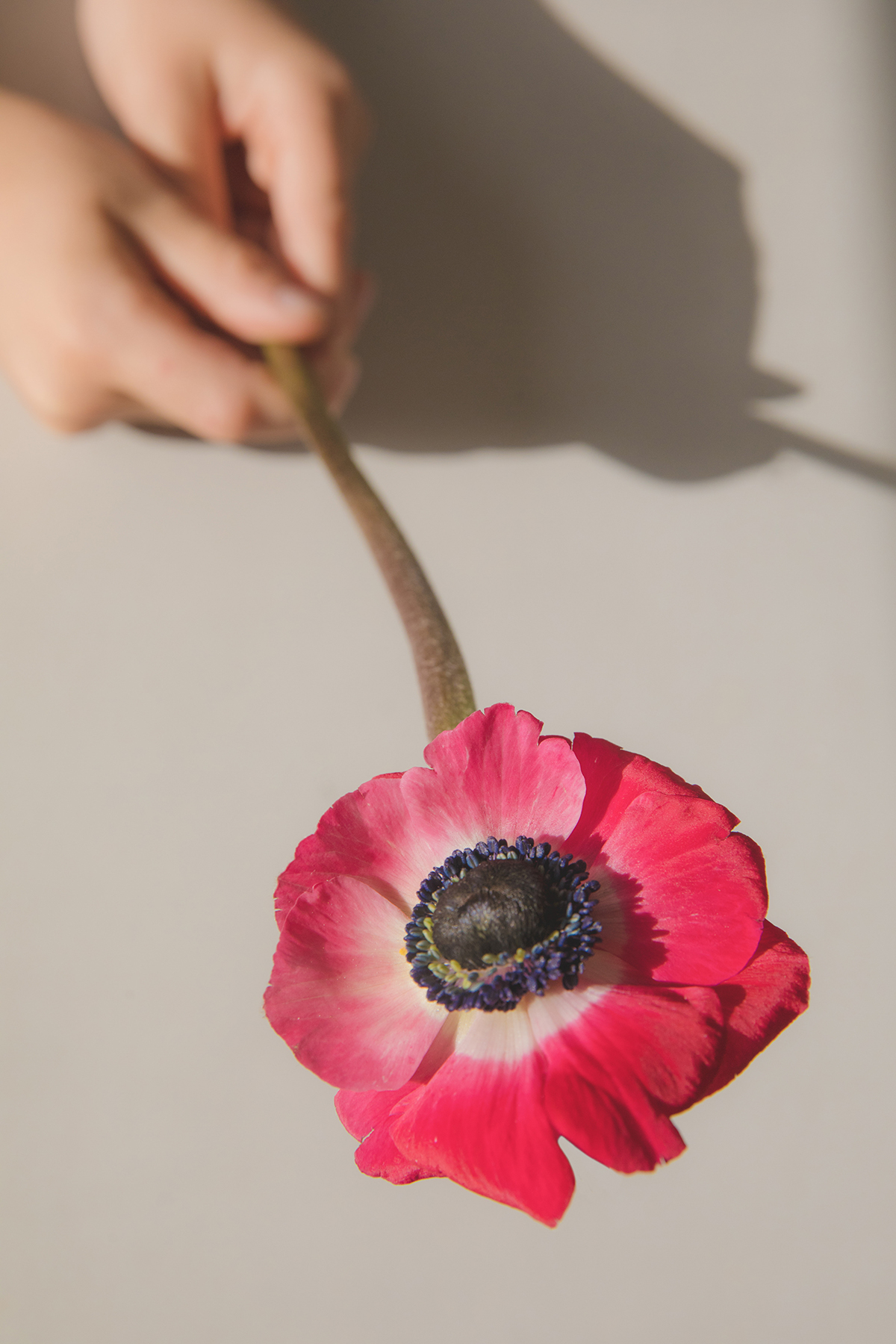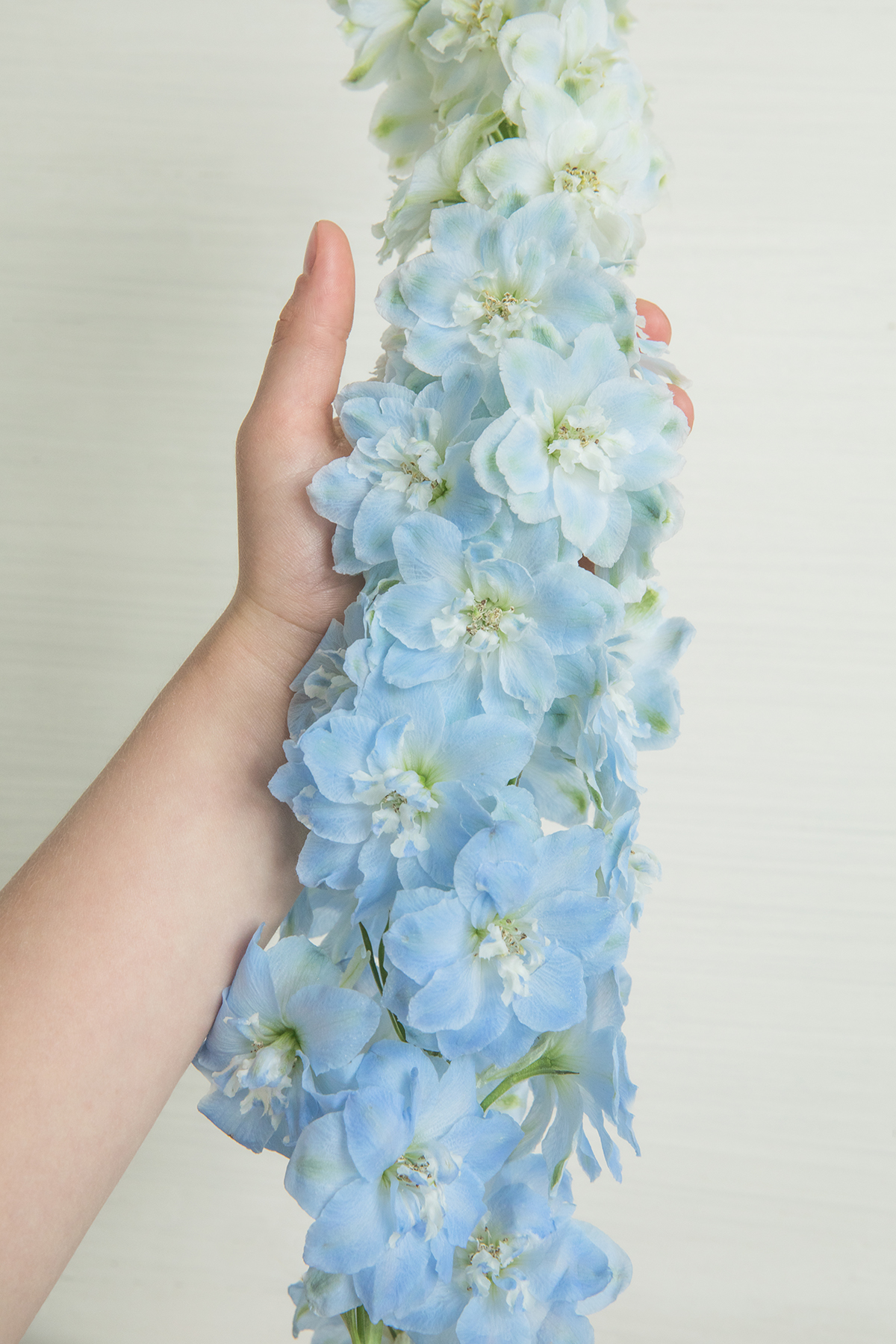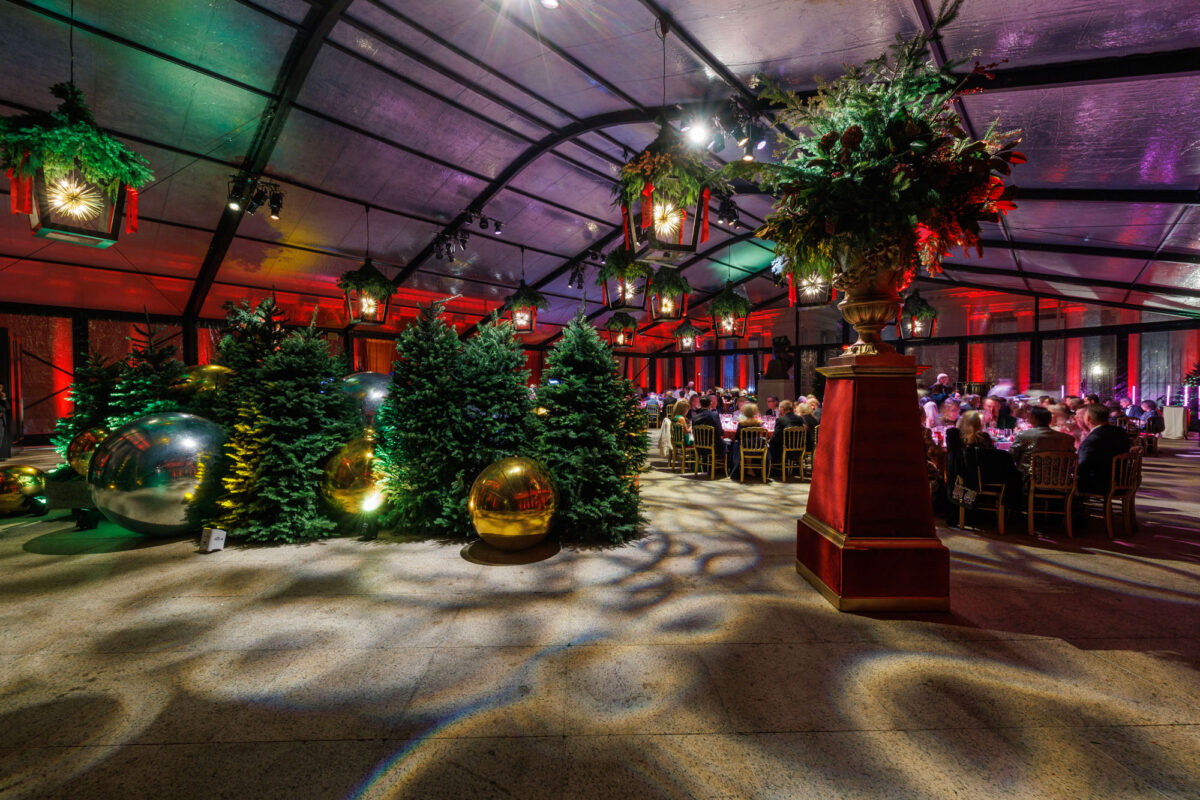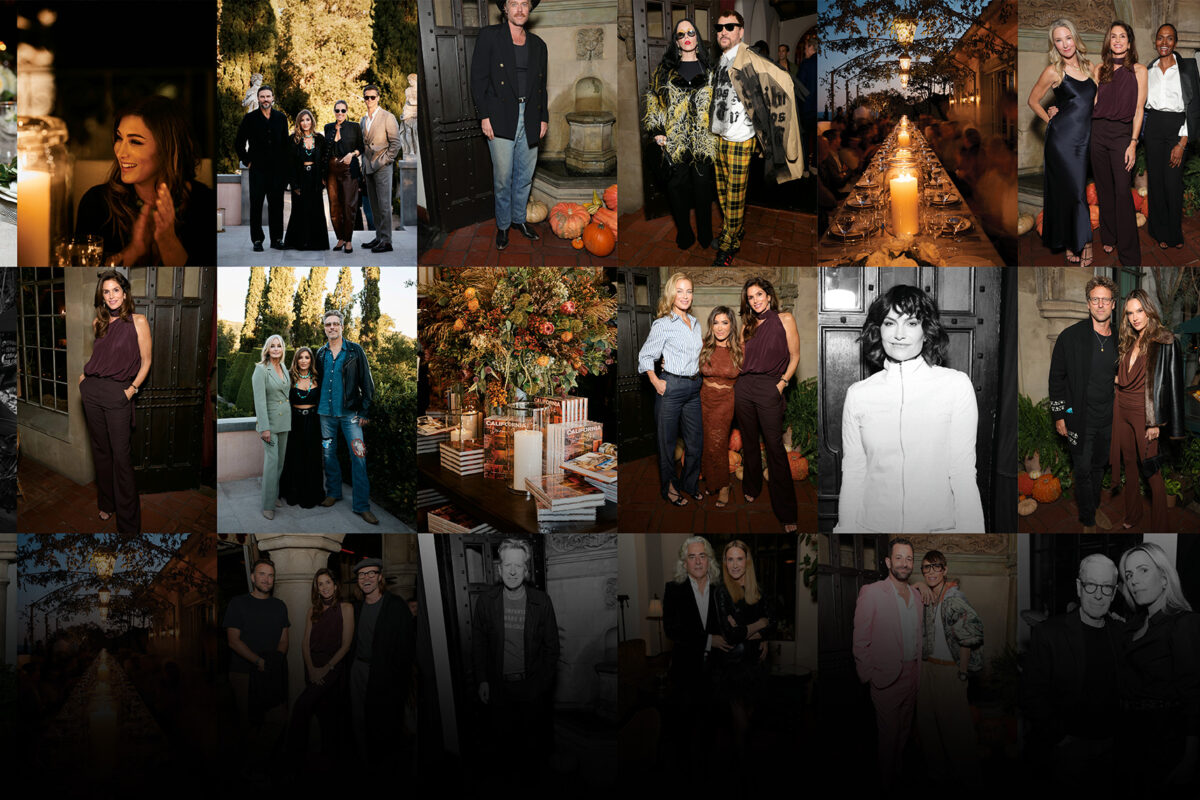The San Francisco-raised photographer trains her lens on an array of modern botanicals in her new limited series, Flowers
Words by ELIZABETH VARNELL
“I pick flowers like I pick women in my books,” says photographer Claiborne Swanson Frank, explaining the casting process that brought together such diverse stems as tiny roadside daisies, chamomile imported from Holland, local market ranunculus and backyard tulips in her first botanical series, Flowers. After shooting two portrait-filled volumes depicting American women and actresses on-the-make, the former Vogue staffer next captured the interconnections of modern families in Mother and Child. For her latest project, Frank, who was raised in San Francisco and lives in Connecticut, reversed course. She traded portraiture set outside in the natural world for still life images of blooms shot indoors. The limited series of prints launching on Frank’s site, in addition to Moda Operandi and Chairish, includes vibrant bursts of blush-colored sweet peas, bright yellow proteas and, in a nod to her bohemian side, a single blue-green wild thistle. “I shoot environmentally, and the location is such a big part. There’s always a planned contrast between the environment and subject,” Frank adds. “Here, I’m reversing it, bringing nature inside.” Collaborating with her young son Hunter, whose hands can often be seen in the images, Frank explores our link to the natural world in the series. Here, she discusses her evolving approach to still-life photography, where she finds inspiration and what gives her peace.
Anemone II from the Hues series.
What inspired this new project?
I was out in my garden and these beautiful tulips bloomed. I’d never done still life, but I heard this voice that I was familiar with, the need to create something. My work world had stopped, I couldn’t photograph people and I was desperate to be creative. I turned to nature, to what gave me peace. Capturing life in images of plants isn’t so different, the underlying themes of my work remain: celebrating, documenting, honoring the subject.
When did the series take shape?
I shot last spring and summer and sat with the images over winter, starting to see it as a series. Different parts of me resonated with each type of flower: classic, traditional, earthy, wild. It felt as important to document deeply beloved flowers as it did flowers that I found by the side of the road. I’m still shooting, there will be more drops. Now I understand what I’m creating and I’m adding flowers I missed.
Chamomile from the Wild series.
“I’m a lover of natural light, that’s how I learned”
Claiborne Swanson Frank
Where did you shoot?
I’m always conscious of light. I shoot in natural light and our French doors allow this crazy light to pour onto the dining room floors. We painted all the floors in the house, so that’s the white background. My son jumped in and lent his hand to the series. He would turn the flower to capture the light and give it the right angle that only a human hand can find. And the hand shows our human relationship with nature, holding what gives us life. I never thought my hand muse would be Hunter. But now it feels like a natural extension for mother and child. In quarantine, our whole worlds were our families.
Why natural light?
For a study of botanicals, I wanted to take them out of the environment, so there’s nothing fighting against their glory. They’re a piece of the natural story in nature, but I wanted to focus on them and honor their beauty without something competing against them. People shoot them in studio; Irving Penn’s were so beautiful. But I’m not a studio shooter.
Delphinium I from the Hues series.
What’s the mood on set?
It’s so quiet. I play music, make tea, light incense. It’s so healing and grounding. A very different process.
You’re known for portraiture, what drew you to still life?
I’m so thoughtful in my process and this was more instinctual. It isn’t like anything I’ve done. Portraits will forever be a major heartbeat and the soul of my work, but these flowers have become people to me. I photograph flowers like I do people. Finding the best angle, where the light hits most beautifully. I’m having the same conversation in my head, but the subject is a flower.
Purple Iris from the Hues series.
“I couldn’t photograph people and I was desperate to be creative. I turned to nature, to what gave me peace”
Claiborne Swanson Frank
How did it feel to try something new?
I used my intuition and just tried to be present with this. The less conscious I am, the more I can capture magic. There’s something for everyone in nature, that’s what’s so beautiful about flowers. It’s limitless. Shooting these feels like a new beginning, creativity out of survival.
Feature Image: Photographer CLAIBORNE SWANSON FRANK.
May 13, 2021
Discover more CULTURE news.








